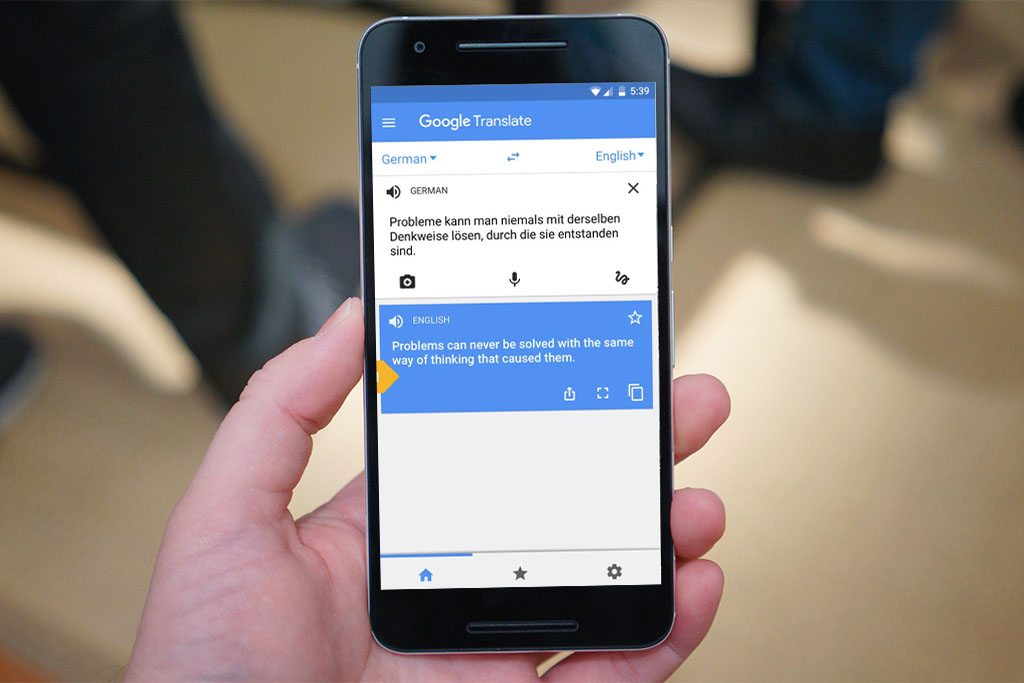Google's New Translation Tech Takes a Great Leap Forward

Skift Take
Six months ago, Google began providing an enhanced online translation service for foreign language texts that has leapfrogged in fluency, accuracy, and speed over its previous service.
Google Translate says its service is improving more this year than in the last ten years combined.
Travel businesses gainSlowly but surely, online travel sellers will soon see the benefits, as more accurate translations are enabling clearer communication and more bookings.
A good example of a travel company using the new tech is Hostelworld, a hostel booking platform, which on Wednesday added a tool to its iOS and Android mobile app that relies on Google's enhanced translation tool.
Users pick a language, talk into their smartphone’s microphone, and then wait fo
